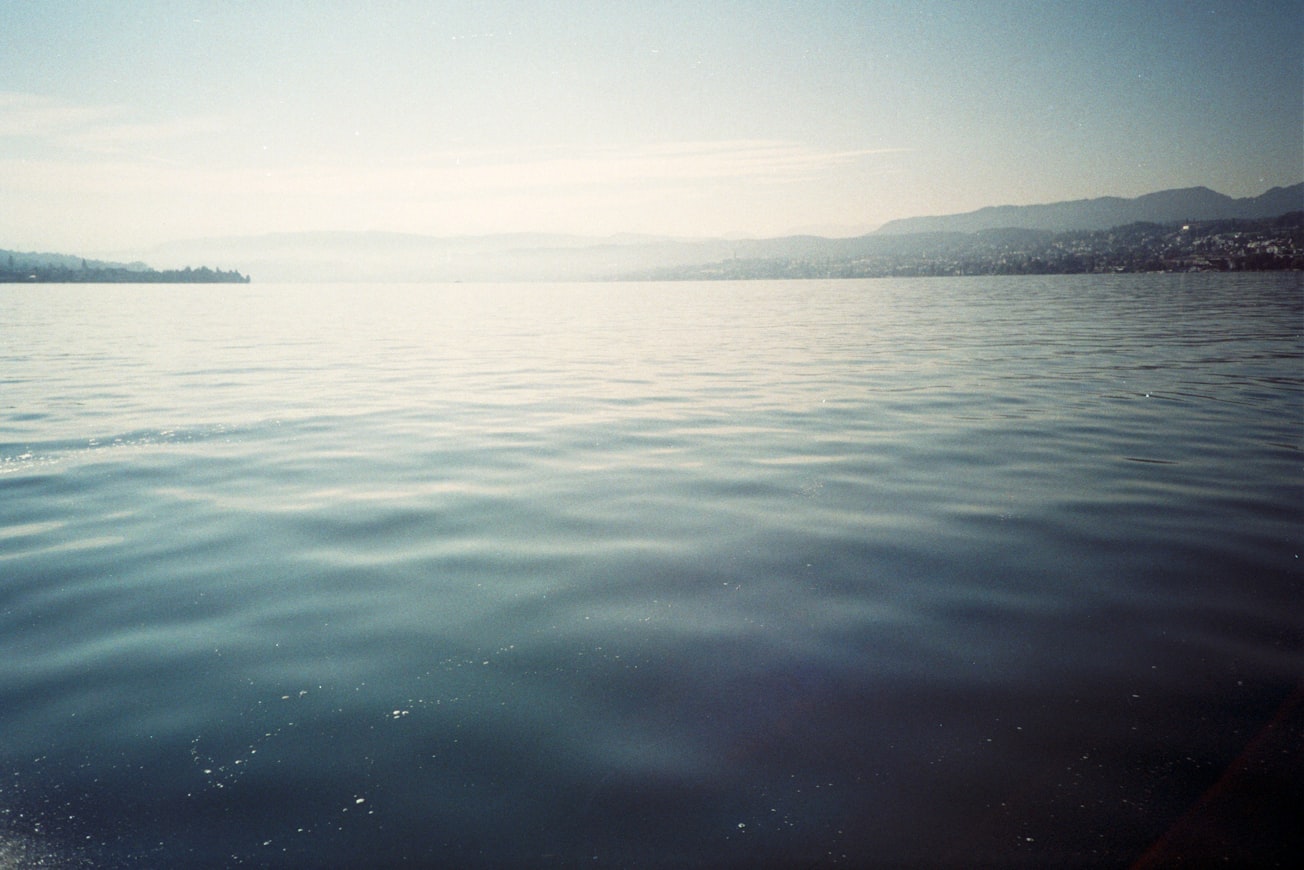What is it about?
The considered problem is related to the well-known phenomenon of the suppression of waves on the water surface due to oil films. A new approach to the problem of damping of gravity-capillary waves (GCW) on water covered with a layer of viscous liquid (a film) of finite thickness with two elastic boundaries is developed. We demonstrated that GCW contain a potential component and a rotational component, and the latter can be formally described as a “forced” longitudinal wave, or Marangoni wave (MW), while the potential component of GCW plays the role of an “external force”. The “forced” MW is generated the most effectively under resonance, i.e. when the GCW and MW frequencies and wave numbers are approximately close to each other. For a film which is thinner than the viscous boundary layers in film a single “forced” MW exists being located within the boundary layer beneath the water surface. For a thick film the “forced” MW is characterized by the existence of two spatially separated MW modes: one is localized in the boundary layer below the upper, air-film interface and another within the boundary layers in the vicinity of the water-film interface. We found that at different elasticities of the interfaces the GCW damping coefficient as a function of wave number can have two peaks due to the resonance with the two “forced” MW modes. We also showed that GCW are suppressed the most effectively when the film and boundary layer thickness values are comparable to each other. The developed theory is consistent with existing numerical studies and experiment.
Featured Image

Photo by Gemma Evans on Unsplash
Why is it important?
The damping coefficient found for thick films, e.g. for crude oil film is strongly different from the case of thin films, e.g.of biogenic origin which can be used to distinguish between two types of films on the sea surface
Perspectives
I liked very much the results obtained with the developed simplified analytical approach and I hope that it will be useful for solving more realictic and complex problems, such as oil films of nonuniform thickness
Stanislav Ermakov
1Institute of Applied Physics, Russian Academy of Sciences
Read the Original
This page is a summary of: Resonance damping of gravity–capillary waves on water covered with a visco-elastic film of finite thickness: A reappraisal, Physics of Fluids, September 2022, American Institute of Physics,
DOI: 10.1063/5.0103110.
You can read the full text:
Contributors
The following have contributed to this page










